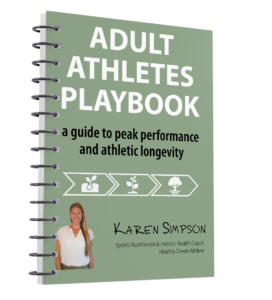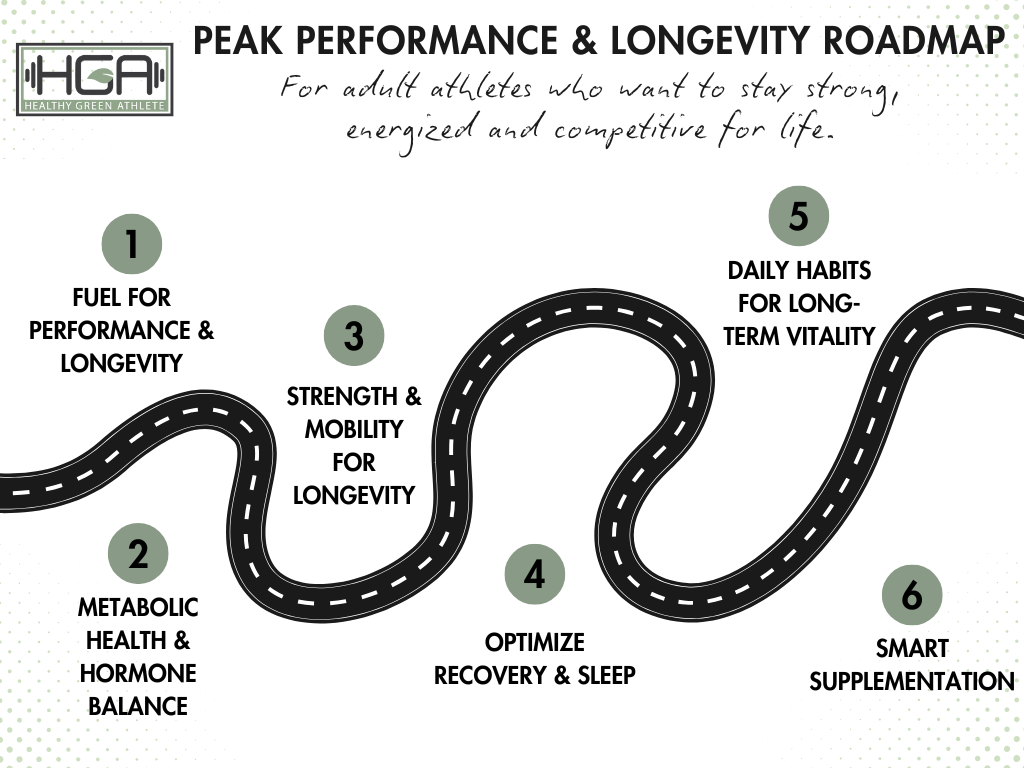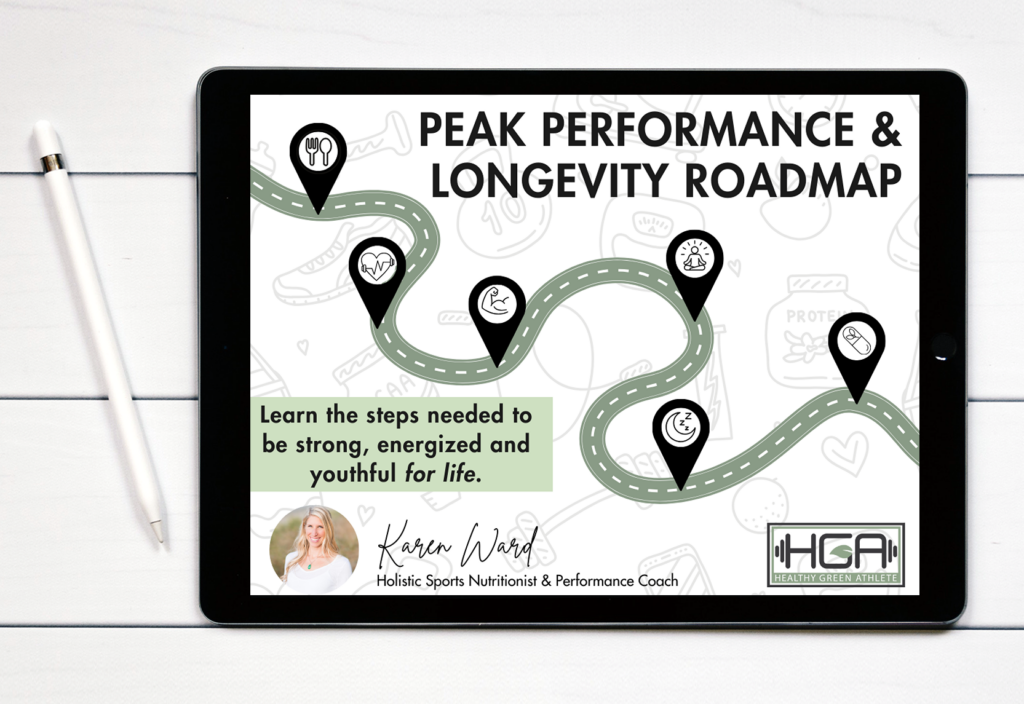For most of my life, I’ve prided myself on pushing through challenges with grit and determination—an athlete mentality that has served me well in many areas. But when it comes to stress, this mindset can be a double-edged sword. I’ve often ignored the signals my body sends when it’s overwhelmed: the tightness in my chest, the restless nights, the creeping sense of burnout. Instead of slowing down, I’d power through, thinking rest was a luxury I couldn’t afford. Over time, I’ve learned that this approach only compounds the problem on top of all the deep layers of unresolved trauma I have. This mentality of just putting my head down and moving forward has been keeping my stress response stuck in overdrive for years.
After a pretty traumatic and stressful year, my body is telling me that it’s time to do something about it. And this time I’m listening.
Downregulating stress isn’t about being “weak” or giving up—it’s about recognizing the wisdom of my body and giving it the tools it needs to recover, reset, and come back stronger.
By embracing this mindset shift, I’ll be able to improve my physical and mental performance as an athlete and in life but also improve my overall health and resilience. In this blog post, I’ll walk you through what I’ve learned about the stress response, why it’s so important to manage, and how you can downregulate it using practical, science-backed strategies. Coincidentally, these are also the strategies I’m using to help bring my body back into balance.
Understanding the stress response
Before we dive into solutions, it’s essential to understand what’s happening in your body when stress strikes. The stress response is a survival mechanism—a gift from our evolutionary ancestors designed to keep us alive in dangerous situations. When your brain perceives a threat, your hypothalamus sends an alarm to your adrenal glands, prompting them to release stress hormones like adrenaline and cortisol.
These hormones create physiological changes almost instantly:
- Your heart rate speeds up
- Your breathing becomes shallow
- Blood is directed away from digestion and toward your muscles
This is your body gearing up for “fight or flight,” a state that served our ancestors well when they needed to escape predators. As athletes, this response can be hugely beneficial in performing under pressure. However, in modern life, most stressors—like deadlines, traffic, or arguments—don’t require us to run or fight. We also may have developed coping behaviors that turn this response on without us even knowing it. Therefore, many of us (myself included) find ourselves in a heightened state far longer than our bodies and brains were designed to handle.
The role of the vagus nerve in calming stress
Here’s where it gets fascinating: the stress response isn’t the whole story. We also have a built-in recovery system called the parasympathetic nervous system, often nicknamed “rest-and-digest.” This system helps bring our body back into balance after stress, and the vagus nerve is its superstar.
The vagus nerve is the longest cranial nerve in your body, running from your brainstem through your neck and down into your chest and abdomen. It acts as a bridge between your brain and key organs, like your heart, lungs, and digestive system. When activated, it signals your body to slow down, lower your heart rate, and return to a calm state.
Think of the vagus nerve as the brake pedal to your stress accelerator. Activating it intentionally—what we call “vagal tone”—can help you downregulate the stress response quickly and effectively. If we sail through life never or seldomly activating this nerve, then our bodies learn to stay in a stressed state.
Signs your stress response needs a tune up
When my vagus nerve and stress response are out of balance, it’s like my whole body is waving a red flag. I notice it in the constant tension in my shoulders and neck, the shallow breathing that makes me feel like I can’t catch a full breath, and the restless nights where my mind refuses to quiet down. My digestion becomes unpredictable—bloating, discomfort, or a general sense that my gut isn’t happy. Emotionally, I feel stuck in overdrive: easily irritated, cannot focus for long period of time, overwhelmed by small tasks, and more anxious than usual. Even my heart seems to race at the slightest trigger. These signs are my body’s way of telling me it’s time to pause, tune in, and restore balance to my nervous system. It’s a reminder that I need to prioritize practices that activate my vagus nerve and bring my stress response back into harmony.
I’ve seen the toll of unchecked stress in my own life and in the lives of the clients that I work with. Chronic stress is indicative of a deactivated or sluggish vagus nerve and often shows up as:
- Constant fatigue or burnout
- Sleep disturbances or insomnia
- Digestive issues like chronic bloating or IBS
- Irritability, anxiety, or a sense of being overwhelmed
If any of this resonates, it might be time to build practices that help you engage your vagus nerve and calm your stress response.
How to downregulate the stress response
1. Breathe your way to calm
The way you breathe can profoundly affect your nervous system. When you’re stressed, your breathing often becomes shallow and rapid. Intentional, deep breathing can stimulate your vagus nerve and help your body shift into relaxation mode.
- Diaphragmatic breathing: This involves breathing deeply into your belly rather than your chest. Place one hand on your stomach and the other on your chest. As you inhale, let your belly rise. Exhale slowly, letting your belly fall. Try a 4-4-6-2 pattern: inhale for 4 counts, hold for 4, exhale for 6, and pause for 2.
- Extended exhalation: Make your exhale longer than your inhale. For example, inhale for 4 counts and exhale for 8. This sends a clear signal to your vagus nerve that it’s time to relax.
I use these techniques daily, especially during stressful moments. Even a few minutes can make a noticeable difference.
2. Move with intention
Exercise isn’t just good for your physical health—it’s one of the best ways to regulate stress. But the type of movement matters.
- Gentle movement practices: Yoga, tai chi, and walking are fantastic for calming your nervous system. These movements often incorporate mindful breathing, amplifying their calming effects.
- Nature walks: Spending time in nature, or "forest bathing," has been shown to lower cortisol levels and enhance vagal tone. Whenever I’m feeling overwhelmed, a short walk outdoors works wonders.
If you prefer more intense workouts, that’s great too, but listen to your body. Overexertion can sometimes increase stress if your body is already taxed.
3. Nourish your nervous system
What you eat directly impacts your stress resilience. I’ve found that stabilizing blood sugar and incorporating specific nutrients helps my body manage stress better.
- Magnesium rich foods: Magnesium is nature’s relaxation mineral. Include foods like leafy greens, nuts, seeds, and dark chocolate in your diet.
- Omega-3s: Found in salmon, walnuts, and flaxseeds, these healthy fats reduce inflammation and support brain health.
- Hydration: Even mild dehydration can amplify stress. Keep a water bottle handy and sip throughout the day.
Minimizing stimulants like caffeine and sugar can also help prevent unnecessary spikes in cortisol.
4. Engage in mindfulness
Mindfulness is the practice of being fully present in the moment, and it’s one of the most effective ways to downregulate stress.
- Meditation: A simple meditation practice—just 5-10 minutes of focusing on your breath—can lower cortisol and improve vagal tone.
- Gratitude Journaling: Reflecting on what you’re grateful for shifts your mindset away from stress and toward positivity.
When I first started meditating, it felt hard to sit still. And when I started journaling, I’d often have writers block and not know what words to put on the page. But with practice, both of these have became a comforting ritual in my daily routine that I look forward to.
5. Prioritize restorative sleep
Sleep is your body’s ultimate repair mechanism. Stress often interferes with sleep, creating a vicious cycle. To break it:
- Stick to a Schedule: Go to bed and wake up at the same time every day, even on weekends.
- Wind Down: Create a relaxing bedtime routine that signals to your brain it’s time to sleep. This could include reading, stretching, or listening to calming music.
If I’m feeling wired at night when I’m in bed, I really enjoy using my Bluetooth Sleep Mask and fall asleep to a bedtime story or a guided sleep meditation on the Soothing Pod app.
6. Build resilience through connection
Building resilience through connection is one of the most powerful ways to support the body’s ability to downregulate stress. When we connect with others—whether through a deep conversation, a shared laugh, or simply spending time together—we release oxytocin, often referred to as the “bonding hormone.” Oxytocin directly counteracts the stress response by calming the nervous system, lowering cortisol levels, and fostering a sense of safety and belonging. Feeling supported and understood by others signals to our brain and body that we are not alone in facing challenges, which can significantly ease the mental and physical burden of stress. In many ways, human connection acts as a buffer, helping to soften the impact of stress and reinforcing our natural resilience.
For me, leaning on my community has been transformative in managing stress. I’ve found that sharing my thoughts with someone I trust, whether a friend, family member, or coach, brings a sense of clarity and relief that I simply can’t achieve on my own. It’s not just about receiving support—it’s also about offering it. Being present for someone else fosters a two-way connection that enhances feelings of purpose and gratitude, both of which are key to long-term stress resilience. For anyone looking to improve their ability to downregulate stress, I encourage making connection a priority. It doesn’t have to be big or formal—a quick check-in, a hug, or a shared moment of laughter can create profound shifts in how your body and mind handle stress.
7. Creative outlets
For me, creative outlets are like a reset button for my nervous system. When I’m immersed in something creative—whether it’s creating content, writing in my journal, organizing, or crafting—I feel my breathing slow, my shoulders relax, and my mind shift away from stress. These moments of focus and flow help activate the parasympathetic nervous system, signaling to my body that it’s safe to let go and unwind. Creativity also provides a way to process emotions that might otherwise feel stuck or overwhelming, turning stress into something tangible and manageable.
For anyone looking to downregulate their stress response, I recommend finding a creative activity that speaks to you—whether it’s drawing, playing music, or even cooking. It’s not about being perfect or producing something impressive; it’s about the act of creating and allowing yourself to enjoy the moment. Even just 10 or 15 minutes a day can make a noticeable difference in how calm and grounded you feel.
8. Limiting additional stress
Limiting additional stress is crucial because our bodies and minds can only handle so much before the effects become overwhelming. When we’re already managing a heavy load, even small, unnecessary stressors—like overscheduling, constant notifications, or unhealthy boundaries—can tip the scales and leave us feeling depleted. By identifying and minimizing avoidable stress, we give ourselves the space to focus on what truly matters and allow our nervous system a chance to recover. This might mean saying no to commitments that don’t align with our priorities, reducing exposure to negative news or social media, or creating a daily routine that feels more manageable.
When we limit additional stress, we’re not just protecting our energy—we’re actively supporting our overall health, resilience, and ability to handle life’s inevitable challenges with greater ease. Here are some practical ways to do it:
- Set boundaries: Learn to say no to commitments or remove yourself from situations that drain your energy
- Digital detox: Limit exposure to social media and news, especially if it feels overwhelming.
- Declutter: Organize your physical space to reduce mental clutter.
9. Regular self-care practices
Regular self-care practices are essential for downregulating the stress response because they create intentional moments to pause, reconnect, and restore balance. When I prioritize self-care—whether it’s through breathwork, a warm bath, journaling, or simply sitting quietly with a cup of tea—I’m sending a clear message to my body that it’s safe to relax. These practices activate the parasympathetic nervous system, which counters the fight-or-flight response and helps lower cortisol levels.
Self-care also builds resilience over time, making it easier to navigate future stress without becoming overwhelmed. For anyone looking to calm their nervous system, I recommend integrating self-care into your daily routine, even in small ways. Consistency is key, and those moments of intentional care can add up to profound benefits for both your mental and physical well-being. Try these out:
- Massage or acupuncture: Both can stimulate the parasympathetic system and reduce muscle tension.
- Journaling: Writing about your thoughts and feelings can help you process and release stress.
- Laughter: Watch a funny movie or spend time with friends who make you laugh—laughter is a natural stress reliever.
10. Adaptogenic herbs
Adaptogenic herbs are natural substances that help the body adapt to stress and restore balance, acting as a bridge between the stress response and the body’s ability to recover. These herbs work by supporting the hypothalamic-pituitary-adrenal (HPA) axis, which regulates cortisol production, and enhancing resilience at a cellular level. Adaptogens are unique in that they don’t force the body into a particular state but instead encourage equilibrium, whether you’re feeling overly fatigued or wired.
Incorporating adaptogens into your routine—through teas, tinctures, or supplements—can be a gentle and effective way to downregulate the stress response and promote long-term balance. Here are some examples of my favorite adaptogens:
- Ashwagandha: Reduces cortisol and promotes calmness.
- Rhodiola Rosea: Enhances resilience and energy.
- Holy Basil (Tulsi): Supports the immune system and reduces stress.
- Reishi mushroom: Calms the nervous system and supports sleep.
Consult with a healthcare professional before incorporating new supplements to ensure they’re right for you.
Building resilience in the long term
Stress isn’t something we can—or should—eliminate entirely. It’s part of being human. But learning how to downregulate the stress response is life-changing. Remember, resilience is a skill that grows with practice. Activating your vagus nerve, nourishing your body, and incorporating mindful practices, can help build resilience and find calm even in life’s most chaotic moments.
I’ve seen firsthand how these strategies can transform not only your stress levels but also your overall well-being. Start small—pick one or two practices that resonate with you and build from there. Over time, you’ll feel more grounded, balanced, and capable of handling whatever life throws your way.
Downregulating stress is not about a single magic bullet—it’s about building a toolkit of practices you can draw on consistently. Start by incorporating one or two strategies that resonate with you and gradually expand your routine.













